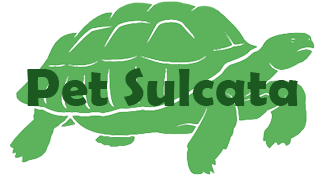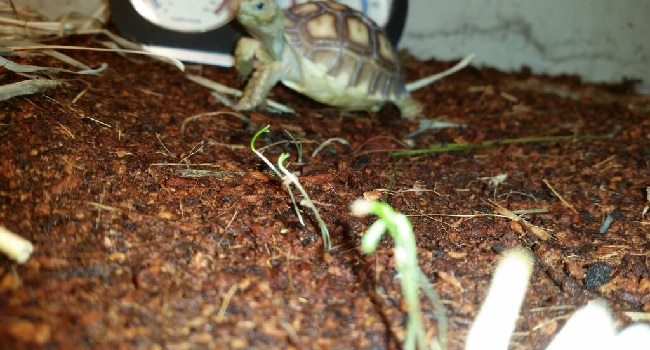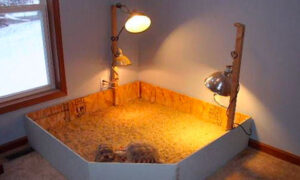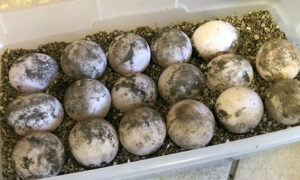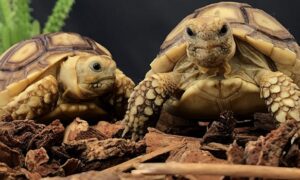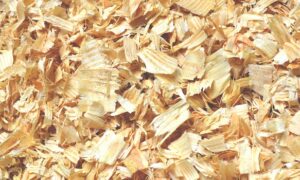You can find a wide assortment of substrate for baby sulcata enclosures, but some are just better than others. For example, you wouldn’t want to use a dirt that contains perlite, fertilizer or other chemicals. But, you could safely use regular top soil or an organic dirt.
When housing a baby sulcata tortoise, look for products that will hold humidity. Most importantly, look for products that are either organic or sold for reptiles.
Coconut Coir
You can find Eco Earth sold for reptiles or organic coco fibers sold for plants. Coconut fibers are fine-grain and stimulate the natural urge to dig. It holds humidity well, and most of all, it’s safe. The best way to use coco fibers in a sulcata tortoise enclosure is to keep it moist. When it’s dry, the substrate become dust and particles can get into your tortoise’s eyes, irritating them.
Orchard Bark
Buy orchard bark from your local garden shop. Orchard bark holds humidity well, and unlike coconut coir, it is less likely to irritate your tortoise’s eyes if it dries out. But, you’ll still want to keep it moistened to ensure proper humidity in the tortoise enclosure.
If you’re looking for orchard bark at a pet store, or online, the closest reptile product is Zoo Med’s Reptile Bark. Reptile Bark is made from fir trees. the bark absorbs water and releases it, creating humidity.
Cypress Mulch
Cypress mulch is another favorite substrate for sulcata tortoise babies and young sulcatas. Unlike, pine and cedar, it is a safe mulch to use in reptile enclosures. You can purchase plain cypress mulch from your local garden store in large bags. But, if you’re looking for a reptile-specific product, Zoo Med’s Forest Bedding is 100% cypress mulch.
Top Soil
Plain top soil sold at your local garden shop is also safe for sulcata tortoises. Buy organic top soil if you can find it. But a plain – no additive – top soil is safe.
Peat Moss
Peat moss has a high water retention, which increases humidity levels in an indoor enclosure. Essentially, it is a fine-grain moss, resembling a soil. Premier Horteculture sphagnum peat moss is a safe peat moss for indoor and outdoor sulcata enclosures.
Sphagnum Moss
Moss, like long-stem sphagnum moss has high water retention and is perfect for maintaining humidity in a sulcata enclosure. But, it can mold. If you use moss, keep a close eye for decomposition and mold. Mosser Lee sphagnum moss is a safe sphagnum moss for tortoises.
When using a long fiber sphagnum moss, be care to keep it away from the food dish.
Substrate to Avoid with Baby Sulcata
There are plenty of safe substrate options to use in a baby sulcata enclosure. But, you want to avoid using these bedding types in a sulcata enclosure
- Aspen shavings – aspen is not toxic to tortoises, but it is a very dry bedding not conducive for the high humidity that baby sulcata tortoises need.
- Cedar mulch or pine shavings – both have toxic oils that can harm your tortoise
- Hay – although you want your tortoise to eat hay, it can mold easily in a high humidity environment
- Newspaper
- Pellets – paper pellets and wood pellets are hard for tortoises to walk on and can harm developing muscles and bones
- Play sand
- Soils with fertilizers, perlite or other chemicals
- Walnut Shells
